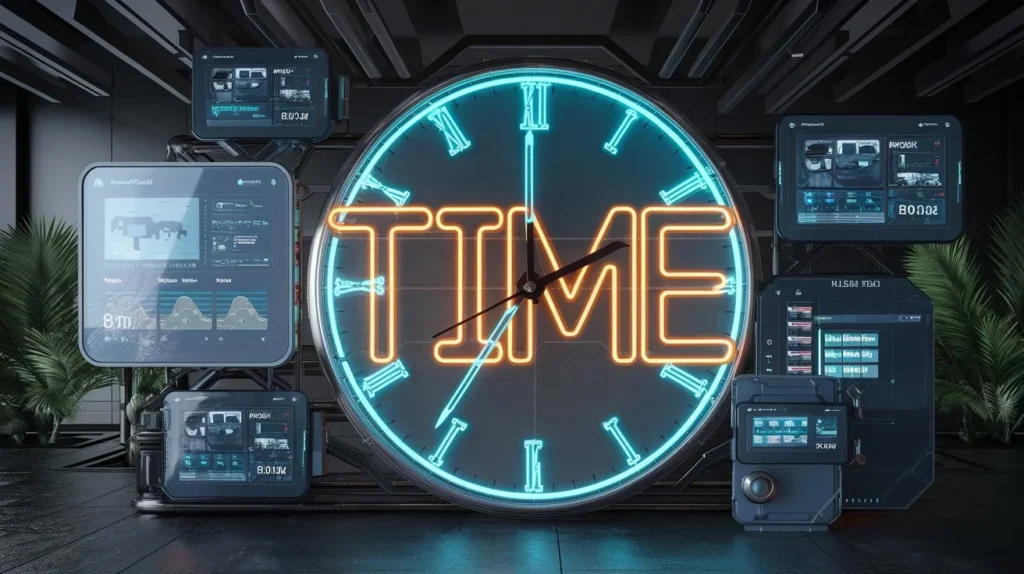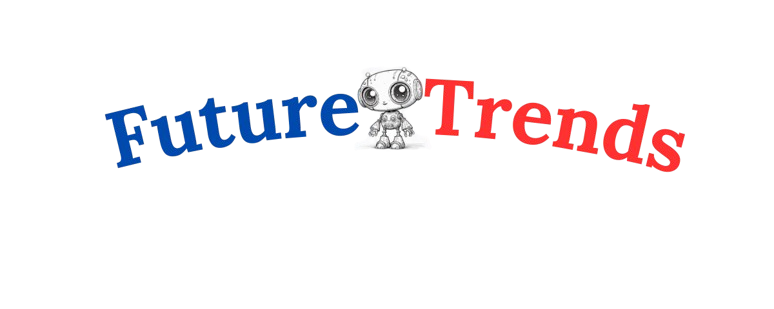
In the digital age, managing the time spent on our devices has become crucial to maintaining a healthy work-life balance. Whether it’s smartphones, tablets, or computers, the increasing prevalence of technology can have a profound impact on mental well-being, social relationships, and physical health. This guide will explore strategies to optimize digital tech time, ensuring that your use of technology supports your productivity, enhances relationships, and safeguards your overall well-being.
The Importance of Managing Digital Tech Time
Technology is a major part of daily life, helping us stay connected, work efficiently, and access endless information. However, unregulated screen time can lead to digital burnout, social media envy, and reduced productivity. It’s not just about how much time we spend on our devices, but how we use them. By being intentional with digital tech time, you can harness the power of technology without allowing it to overwhelm your life.
How Digital Tech Time Affects Mental Well-being
Exploring the Mental Health Impact of Screen Time: Benefits and Challenges
The time spent on digital devices can both positively and negatively impact mental health. On one hand, moderate use of technology can enhance learning, reduce stress (e.g., through relaxing apps or media), and maintain social connections. However, excessive screen time has been linked to increased anxiety, depression, and feelings of isolation. Mindlessly scrolling through social media can also foster negative comparisons, where users feel inadequate when they compare their lives to carefully curated online personas.
Improving Digital Well-being
Managing digital tech time effectively is key to improving mental health. One way to start is by assessing how much time you spend on your devices and identifying unproductive behaviors. Tools like Google’s Digital Wellbeing dashboard allow users to track daily screen time, monitor app usage, and set app timers to prevent overuse. Reducing notifications and turning off autoplay features on platforms like YouTube can also help reduce unnecessary distractions and limit digital overwhelm.
Boosting Productivity with Better Digital Tech Time Management

Tech as a Productivity Tool
When used mindfully, technology can be an incredible productivity booster. Apps for project management, time tracking, and focus-enhancing tools help individuals stay organized and accomplish tasks efficiently. However, tech can also hinder productivity when not used intentionally. Endless notifications, social media distractions, and multitasking often reduce focus and cause task-switching fatigue.
Strategies to Limit Distractions
- Set App Limits: Set app-specific timers to limit usage of non-essential applications.
- Create a Tech-Free Zone: Designate specific times or areas in your day for no digital interruptions.
- Single-tasking over Multitasking: Multitasking often leads to lower productivity and cognitive overload. Prioritize single-tasking to maintain focus and complete tasks more efficiently.
By taking control of digital distractions, you can reclaim your time and boost both personal and professional productivity.
For more interesting blogs, visit our site: https://futuretrendz.co.uk/
How Digital Tech Time Shapes Social Relationships
The Double-Edged Sword of Social Media
Social media and messaging apps play a huge role in how we maintain friendships and relationships. These tools make it easy to stay in touch, particularly for long-distance connections.However, they can also contribute to feelings of isolation or inadequacy. Repeatedly seeing curated versions of others’ lives can lead to damaging comparisons, fueling self-doubt and increasing anxiety.
Balancing Online and Offline Interactions
To maintain meaningful social connections, balance online interaction with in-person time. Prioritize quality interactions—both online and offline—by reducing time spent on passive browsing. Participating actively in conversations, video calls, and meet-ups can foster a sense of belonging and reduce the negative impacts of digital loneliness.
The Impact of Prolonged Screen Time on Physical Health
Impact on Physical Activity
One of the biggest concerns with excessive digital tech time is the reduction of physical activity. Studies show that increased screen time often correlates with sedentary behaviors, which can negatively impact overall health.This trend is particularly noticeable in children and adolescents, who may choose screen-based entertainment over outdoor play or exercise.
Encouraging Physical Movement
To combat the effects of prolonged screen use, it’s important to integrate physical activity into daily routines. Simple changes, such as using a standing desk, taking short walks during breaks, or practicing screen-free hobbies, can help offset the physical toll of excessive tech time.
For more interesting blogs, visit our site: https://futuretrendz.co.uk/
Practical Tips for Managing Digital Tech Time

1. Track Your Screen Time
Use tracking tools available on most devices, such as Google’s Digital Wellbeing or Apple’s Screen Time, to monitor how much time you’re spending on different apps. These tools help identify patterns of usage and areas for improvement.
2. Create Boundaries for Device Use
Establish defined boundaries for both the timing and manner of your tech usage. For instance, you can designate meal times or specific hours of the day as tech-free, or use “do not disturb” modes to prevent notifications during focused work periods.
3. Use Tools That Enhance Focus
\Apps like “Focus@Will,” “Forest,” or even built-in focus modes on smartphones can help keep distractions at bay. These tools are designed to block non-essential notifications and keep you concentrated on a single task at a time.
4. Simplify Your Digital Space
Reduce the clutter on your device’s home screen by removing non-essential apps and turning off notification dots. Organize frequently used apps into folders so you aren’t tempted to mindlessly open social media.
5. Incorporate Movement Breaks
Deliberately incorporate brief movement breaks into your routine each hour. Stretching, walking, or doing light exercises can counter the sedentary nature of screen time.
FAQs
1. How much screen time is too much?
Excessive screen time can vary from person to person. Experts recommend taking breaks every 60 minutes and limiting non-essential screen use to 2-3 hours daily to maintain a healthy balance.
2. Can technology actually improve mental health?
Yes, when used mindfully, technology can provide access to mental health apps, meditation tools, and online communities that offer support and stress relief.
3. How can I reduce my social media use without feeling disconnected?
Set specific times for social media use and prioritize meaningful interactions. Scheduling digital detox periods or tech-free weekends can also help you feel more connected to the real world.
4. What tools can help manage digital tech time?
Tools like Google’s Digital Wellbeing and Apple’s Screen Time are designed to track and manage screen time, helping users identify habits and set boundaries for tech use.
5. How can I encourage my child to reduce screen time?
Engage your child in non-screen activities, such as outdoor play, reading, or family board games. Setting daily screen time limits and using educational apps can also help maintain balance.
Conclusion
Mastering digital tech time is essential for maintaining a healthy balance between productivity, mental well-being, and personal relationships. By taking control of your technology use—setting boundaries, limiting distractions, and engaging in mindful activities—you can create a digital environment that supports your goals and enhances your quality of life. Whether it’s through screen time tracking, app limits, or simply taking more tech-free breaks, the power to make technology work for you is in your hands.
Learn more about emerging trends at Future Trendz.






